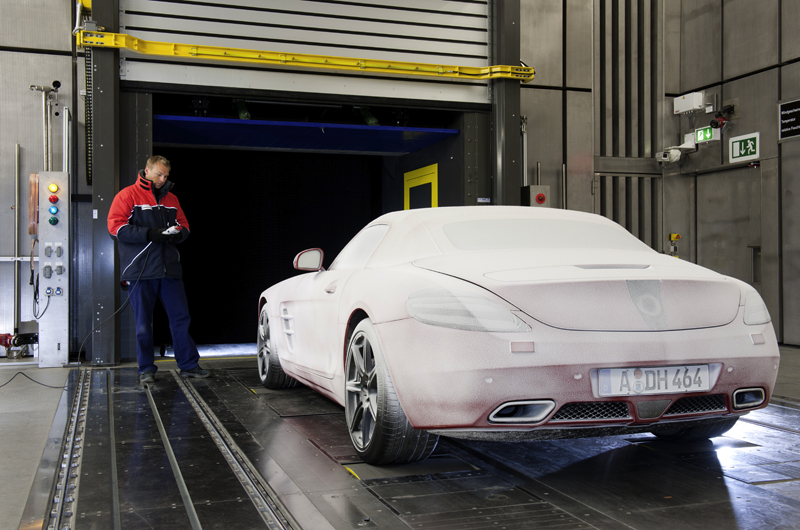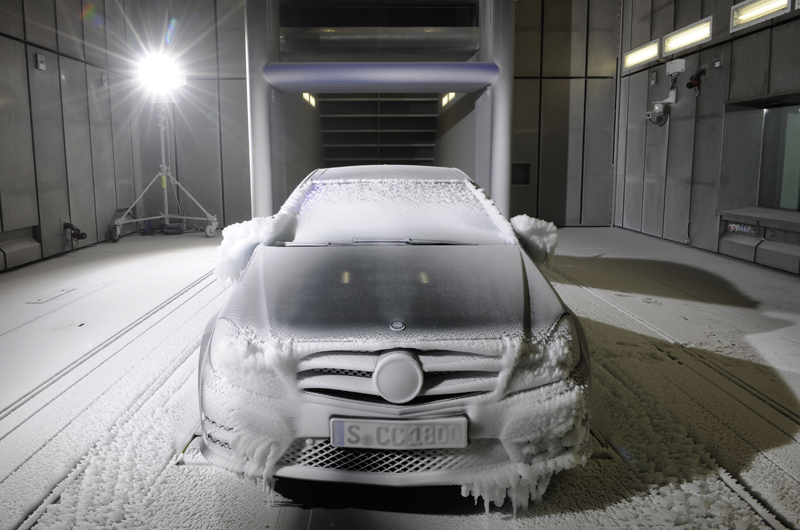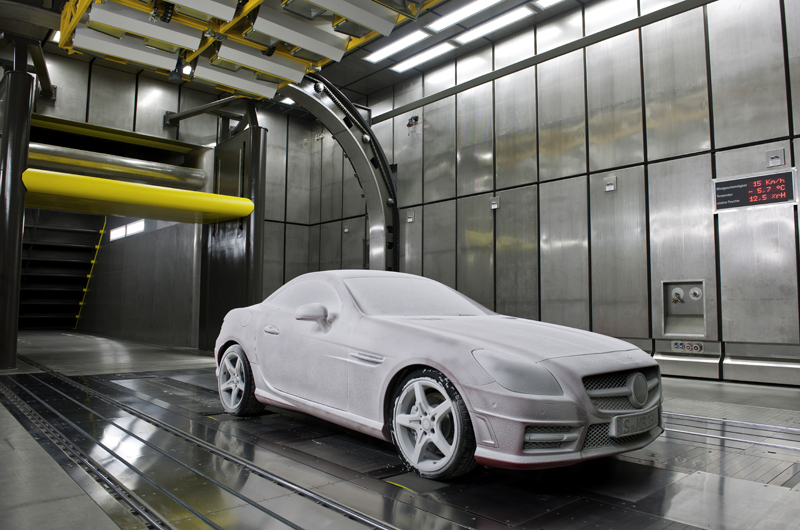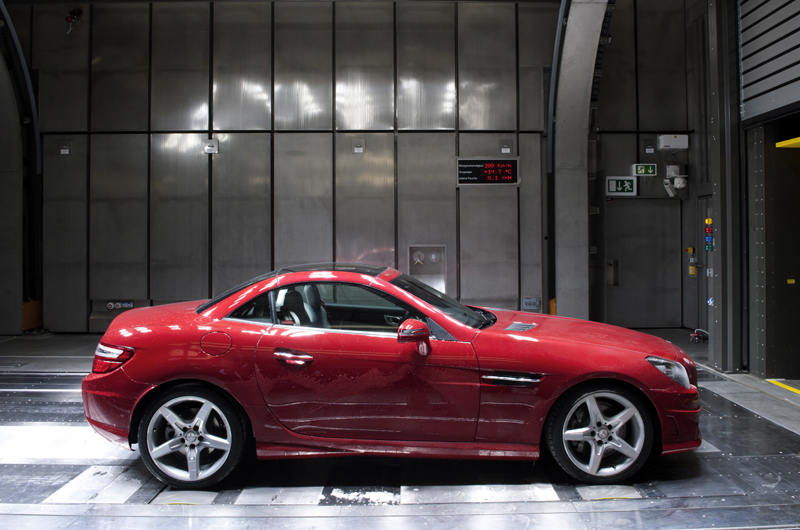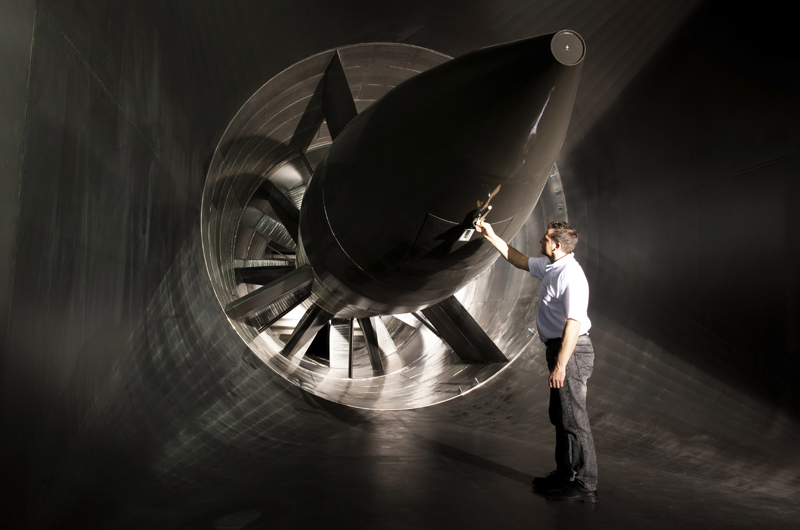Mercedes-Benz is a global brand, no matter where in the world you travel, no matter how remote, there is a good chance you’ll see a Mercedes on the street or off-road. But different parts of the world call for different vehicle features, Some Mercedes need to handle heat, like the 130 degree Death Valley temperatures we saw this week, or freezing cold temperatures of -40 degrees that are like those experienced in Norwegian winters and some need to stay dry in some of the wettest places on earth. But Mercedes doesn’t make a vehicle specific to each climate, so how do they do it?
Watch the video below to see how a Mercedes car is designed and tested to ensure that each and every model can handle the demands of not just one climate but all.
Heat: The test bench of the heat tunnel features an array of 32 lamps designed to simulate the sun’s powerful rays by generating up to 1200 watts per square metre over an area measuring 8 x 2.5 metres. In extreme cases, the tunnel can reach temperatures of up to 60 degrees Celsius – as hot as Death Valley or the Sahara. With the infinitely variable “hot road” function, it is even possible to reproduce the effect of warm asphalt on a summer road.
Rain: The development engineers can arrange for up to 2400 litres of water per hour to pour down on a vehicle. But it’s not just the volume of rain that can be varied – the size of the drops can also be pre-set. A simulated tropical storm can be used to check whether a car is watertight overall and whether the windscreen wipers are functioning properly.
Cold: The cold tunnel can generate temperatures down to minus 40 degrees Celsius, for example, to test a vehicle’s heating system. As soon as the thermometer drops below freezing, the facility switches to “cold lighting” as conventional neon lamps cannot withstand frost. At temperatures below freezing, the pre-cooled spray water turns into snow and the metal floor becomes as slippery as an ice rink.
Wind: The huge fan is capable of simulating winds speeds of up to 265 km/h. Even at a wind speed of 100 km/h you are no longer able to stand upright. The fan is mounted on massive steel springs to protect the facility’s electronics from the slightest vibration.
